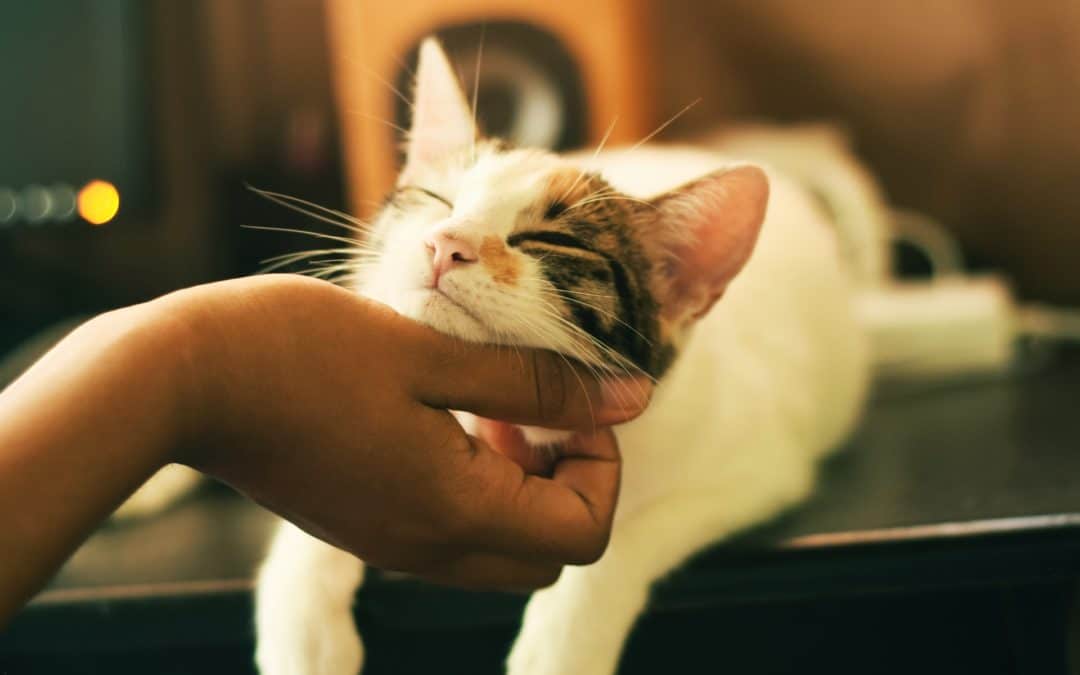Teenagers aren’t the only ones who are prone to acne—chin acne is also a common problem for cats! Many pet parents wonder if they should worry about cat acne, or if it will go away on its own. But without treatment, cat acne can become painfully infected. It can also be confused with other conditions, so if it looks like your cat has a dirty chin, it’s time to call the vet.
What Is Cat Acne and When Should You Worry About It?
Cat acne refers to the tiny bumps called comedones or blackheads, and infected hair follicles that can develop on a cat’s chin. Chin acne is mostly a cosmetic condition for cats, and most of the time it doesn’t cause any pain or discomfort. But even though cat acne is usually nothing to worry about, you should still consult your vet to rule out conditions with similar symptoms, such as mange.
Contact your veterinarian if you notice any of the following signs of acne on your cat’s chin or lips:
- A chin that looks dirty
- Dark or light-colored pimples
- Crusty lesions that may appear as dark flakes
- Fur loss, thinning fur, or matted fur on the face
- Thickened chin skin
- Excessively scratching at their face
What Causes Cat Acne?
When a hair follicle becomes clogged and inflamed, it can cause chin acne in cats. Excess oil production, other skin conditions, stress, environmental or food allergies, poor grooming, and infections can all cause cat acne. And for cats that are allergic to plastic, using a plastic food or water bowl can sometimes lead to chin acne as well.
Cat Acne Diagnosis and Treatment
Even if the acne doesn’t seem to bother your cat, you should still get it checked out and treated. Over time, cat acne can lead to painful lesions and become infected.
Diagnosis typically only requires a visual examination by a vet who will discuss the symptoms with you. However, extreme cases may also require a bacterial or fungal infection screening and a skin biopsy.
Cat acne is not curable, but luckily, once the condition is under control, it can easily be managed and won’t impact your cat’s quality of life. Treatment involves minimizing discomfort and reducing the development of skin lesions, infections, and inflammation.
To treat cat acne, you may need to reduce your cat’s stress, clip their fur short, or use a special shampoo to clean the affected area. Your vet might also prescribe an antibiotic ointment, clindamycin gel, oral antibiotics, corticosteroids, or isotretinoin on a case-by-case basis.
If your cat’s chin acne is due to another medical condition, the underlying condition will have to be treated as well. If your cat has a food allergy, adjusting their diet can help relieve the acne symptoms. Or, if your cat is allergic to plastic, switching to stainless steel bowls and water fountains can help.
Cat Acne Treatment in Gilbert, Arizona
If your cat has developed chin acne, don’t worry! The compassionate vets at Anasazi Animal Clinic in Gilbert are here to help. We’ll rule out any other diseases and determine the best way to manage your cat’s condition. Give us a call at 480-497-0505 today to schedule an appointment.
Images used under creative commons license – commercial use (3/9/2023). Photo by Yerlin Matu on Unsplash

